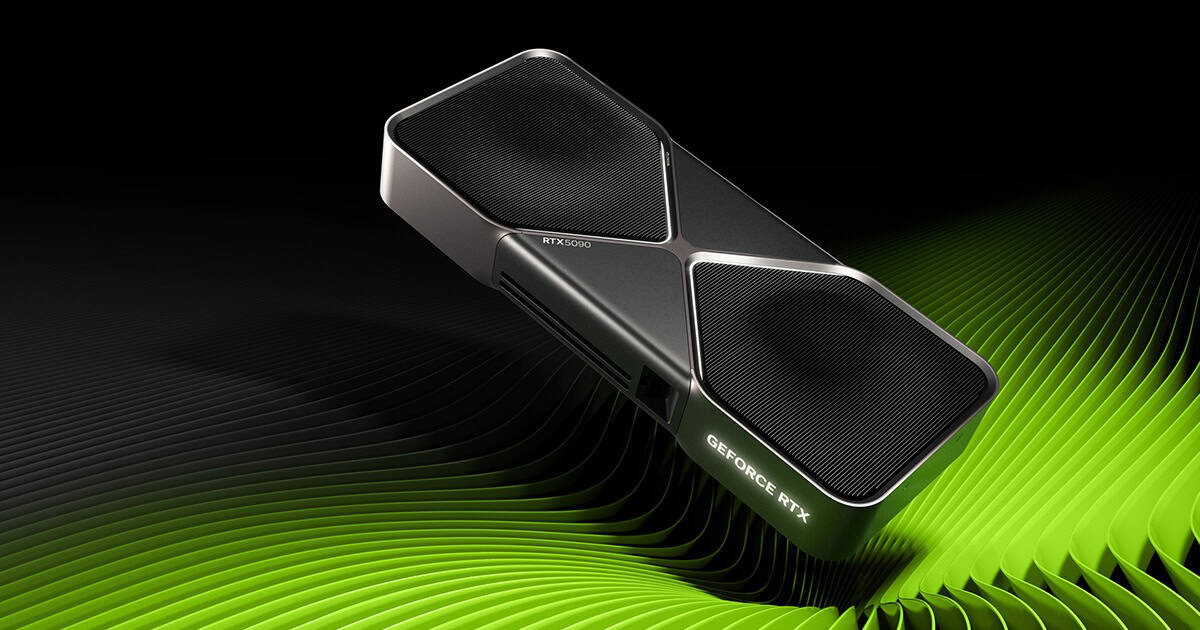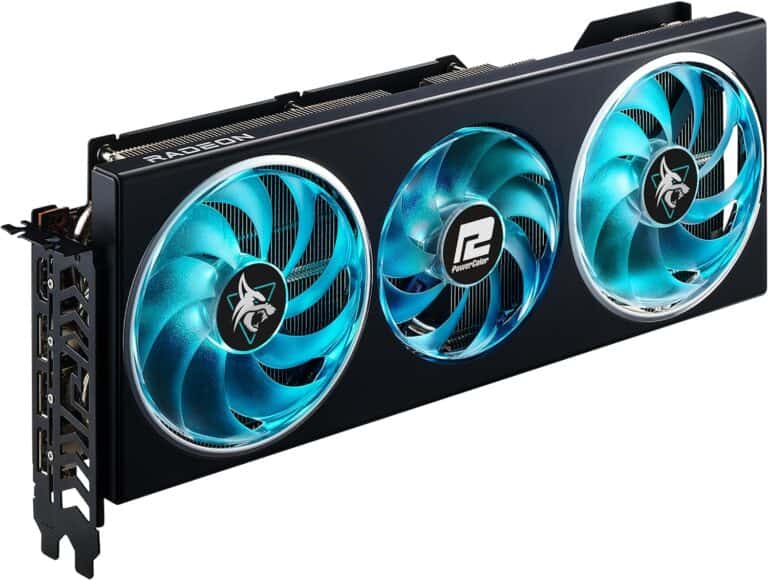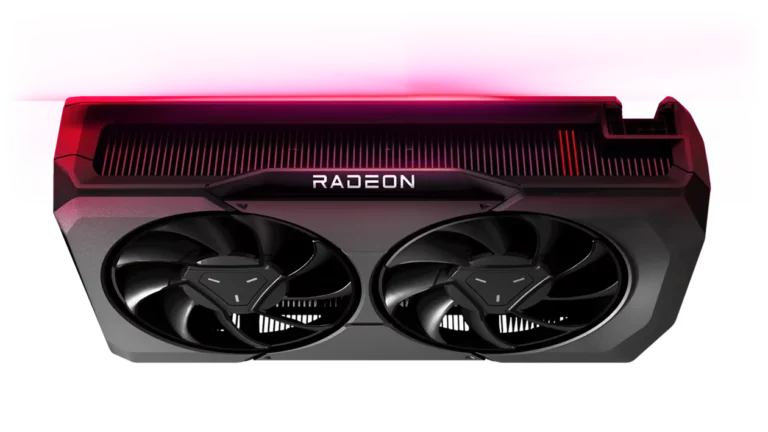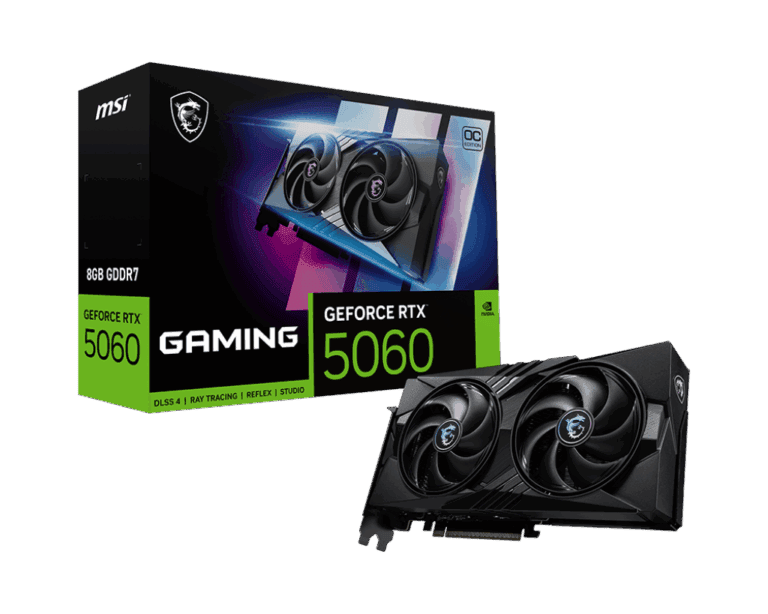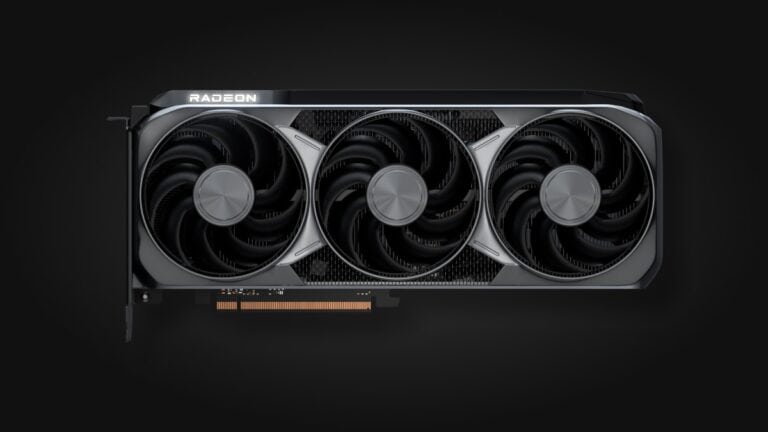NVIDIA’s GeForce RTX 60 series is already on the horizon, even as the RTX 50 series continues to roll out in 2025. Built on the upcoming Rubin architecture, this next generation of graphics cards is expected to launch in 2026, with models like the RTX 6090, 6080, and 6070 Ti leading the lineup. That means anyone waiting for the true successor to today’s GPUs will still need to hold out until next year.
The 60 series is set to bring major improvements, including a shift to a 3nm process and support for new features like DLSS 5, which could push both gaming and AI workloads forward. With NVIDIA’s track record of staggered releases, higher-end cards such as the RTX 6090 may appear first, followed by more affordable options later in the cycle.
For anyone planning a future upgrade, the timing matters. The GeForce RTX 60 series is expected in the second half of 2026, making it the key milestone for NVIDIA’s next big jump in gaming and graphics performance.
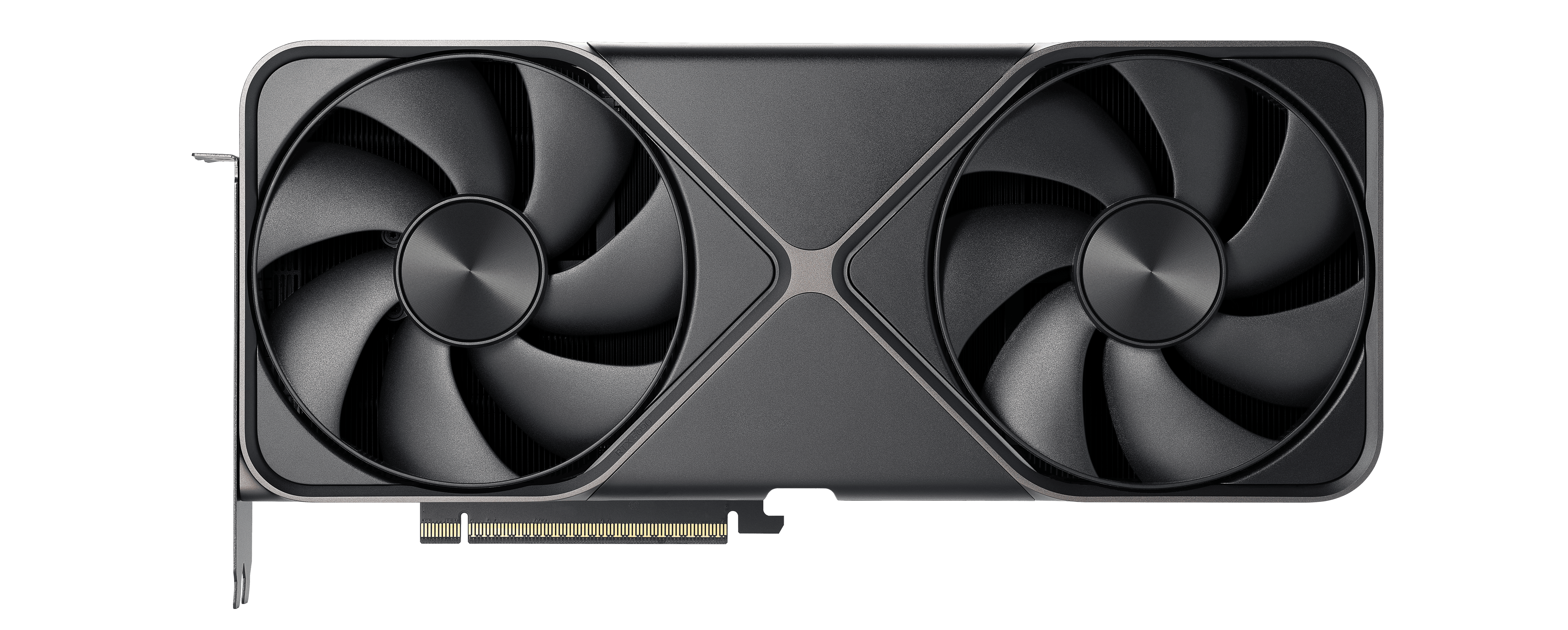
Here’s what we know so far.
Expected Release Window
- According to multiple industry reports, including PC Guide and TweakTown, the RTX 60 Series is expected to launch in 2026 (sources: PCGuide, IndieKings).
- Some speculation suggests the flagship RTX 6090 and 6080 may arrive in late 2026, with mid-range cards like the RTX 6070 Ti possibly slipping into 2027 (source: GameGPU).
Why 2026 (and Not Sooner)?
- Recent RTX 50 Series Launch
- NVIDIA only recently launched the RTX 5090 and 5080 in 2025. They typically allow 18–24 months between generations.
- Rubin Architecture Development
- The 60 Series will use TSMC’s 3nm process and introduce DLSS 5 and higher CUDA core counts, which require more time to refine.
- Market Strategy
- NVIDIA tends to stagger releases to maximize sales of its current flagship GPUs before moving to the next generation.
What to Expect from the RTX 60 Series
- Architecture: Rubin (successor to Blackwell in the RTX 50 Series)
- Process: TSMC 3nm node
- Performance: Rumors suggest up to 36,000+ CUDA cores on the top-end model
- Features: DLSS 5, improved ray tracing, and stronger AI acceleration for gaming and productivity
Summary
- NVIDIA GeForce RTX 60 Series release window: 2026, starting with the RTX 6090 / 6080.
- Mid-range models (e.g., 6070 Ti): May slip into 2027.
- Expect major performance gains, DLSS 5, and 3nm efficiency improvements.
Key Takeaways
- NVIDIA’s RTX 60 series is expected in 2026
- The lineup will launch with higher-end cards first
- Rubin architecture will power the next generation of GeForce GPUs
NVIDIA’s GeForce RTX 60 Series will be the successor to the RTX 50 Series and is based on the upcoming Rubin architecture. Many gamers are eager to know when these GPUs will launch, especially after the recent release of the RTX 5090 and 5080.
Frequently Asked Questions
Nvidia’s GeForce 60 series is expected to arrive after the 50 series, built on the Rubin architecture. Early information points to a 2026 launch window, higher power requirements, and a notable jump in specifications compared to current models. Pricing and compatibility remain key concerns for many users.
What is the release date for Nvidia’s next-gen 60 series GPUs?
Most reports suggest a late 2026 launch for consumer-grade GeForce 60 series cards. Data center versions of Rubin GPUs may appear earlier in late 2025, but gaming-focused models like the RTX 6090 or 6080 are not expected until the following year.
Are there any announced specifications for the upcoming 60 series Nvidia graphics cards?
Official specifications have not been confirmed. Leaks suggest up to 36,864 CUDA cores, 32–48GB of GDDR7 memory, and a move to TSMC’s 3nm process. These numbers remain speculative until Nvidia provides details.
How does the Nvidia GeForce 60 series compare to the previous generation?
The 60 series will follow the 50 series that uses Blackwell architecture. Expected improvements include more cores, faster memory, and better efficiency from the 3nm process node compared to the 4nm node used in the 50 series.
Can we expect a significant performance increase with the Nvidia 60 series?
Leaks point to a 10% or more boost in rasterization and up to 30% faster performance in some workloads compared to the RTX 5090. Gains will likely vary across the product range, with larger jumps at the top end.
What price range is anticipated for the new Nvidia GeForce 60 series?
High-end models may cost $2,000 to $2,500 or more, with the flagship RTX 6090 rumored at the top of that range. Mid-range options should remain lower, but exact pricing is not yet known.
Will the Nvidia 60 series GPUs be compatible with current gaming setups?
Yes, the cards are expected to use PCIe 5.0 and standard display outputs, making them compatible with most modern motherboards. However, the rumored 675W power draw for the flagship means many users may need stronger power supplies and cooling solutions.

